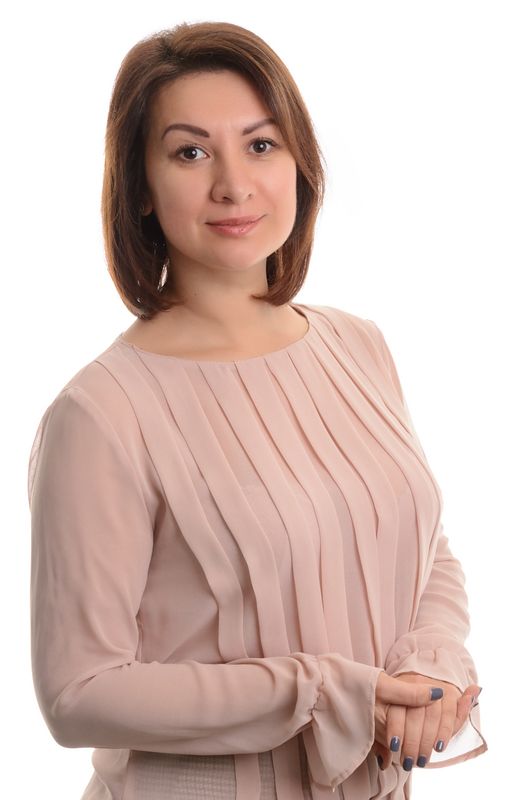Causes of crunch in the joints in different age groups of patients
It is generally accepted that creaking in the joints during bending indicates a malfunction of the musculoskeletal system. In fact, this is not always the case. Crackling in the joints without pain often occurs in adolescence. The reason is rapid leap-like development and temporary anatomical disproportions. The causes of pain and crunch in the joints in patients over 60 years old are most often inflammatory and degenerative-dystrophic diseases. In these cases, examination and adequate therapy are necessary.
Cracking in the shoulder joint
In medicine, a characteristic crunchy sound is called crepitation. It appears when two hard surfaces come into contact, for example, in osteoarthritis, when the cartilage tissue covering the joint is destroyed. What causes a specific sound? During movement, the volume of the joint bag increases, as a result of which the pressure of the intra-articular fluid drops and carbon dioxide bubbles are formed. When they peel, a characteristic click is heard.
Clicking in the shoulder joint in people under the age of 35 may be the result of an injury to the shoulder muscles. In this case, rest and physiotherapeutic procedures will help. Usually, after 2-4 months, the crunch disappears. In patients aged 35 to 60, crepitus in combination with pain may be a sign of inflammation. Such a condition in the early stages is successfully treated with physiotherapy. At later stages, corticosteroid injections are prescribed to relieve inflammation.
Patients older than 60 years suffer from painful sensations along with crunching in the shoulder joint. In such cases, you should consult a doctor for diagnosis and treatment. As a rule, the cause of pain and crunch is arthritis. Read more about the treatment of arthritis on our website Dobrobut.com.
Cracking and joint pain: causes
The main causes of crunch in the joints:
- Heredity. First, the result of more viscous collagen and increased elasticity is a weak ligamentous apparatus. Secondly, a genetically determined decrease in the function of the secretion of the periarticular bag and a small amount of synovial fluid can cause deterioration of sliding and crunch in the joints.
- Age. Creaking and joint pain in the elderly are associated with degenerative-dystrophic changes in the joints.
- Functional disorders, injuries. Increased physical activity (for athletes, people engaged in heavy physical work) can lead to arthrosis.
- Prolonged immobilization. Immobilization is the same enemy of joints as increased loads. For example, after a leg fracture, a patient may experience a creaking in the knee joint.
If crepitation is accompanied by pain, this is a sign of inflammatory or dystrophic changes in the joint. A specialist should make a diagnosis and prescribe treatment for crunch in the joints. Independent use of medicines and dietary supplements can only worsen the condition. Doctors usually prescribe NSAIDs (diclofenac, meloxicam) to relieve pain and reduce inflammation. For nutrition and restoration of cartilage tissue - chondroprotectors (glucosamine, chondroitin). It is important to watch your weight. Each extra kilogram adds 6 kg of load on the joints of the lower limbs. Therefore, for the appearance of crunch in the hip joint, it is advisable to lose excess weight. Diet, gymnastics, walking, swimming, cycling will help with this.
Is it really harmful to click the joints
It is believed that the habit of clicking joints will inevitably lead to arthritis and other problems. However, medical studies have not yet established a connection between crepitus and joint diseases. Scientists examined X-rays of the hands of 215 people between the ages of 50 and 89 and compared the joints of those who regularly crunched their knuckles and those who did not. Results published in 2011 reported that crepitus does not cause hand osteoarthritis.











